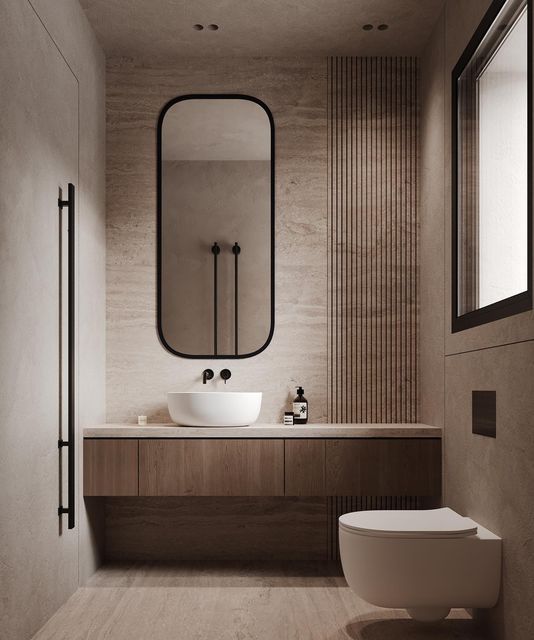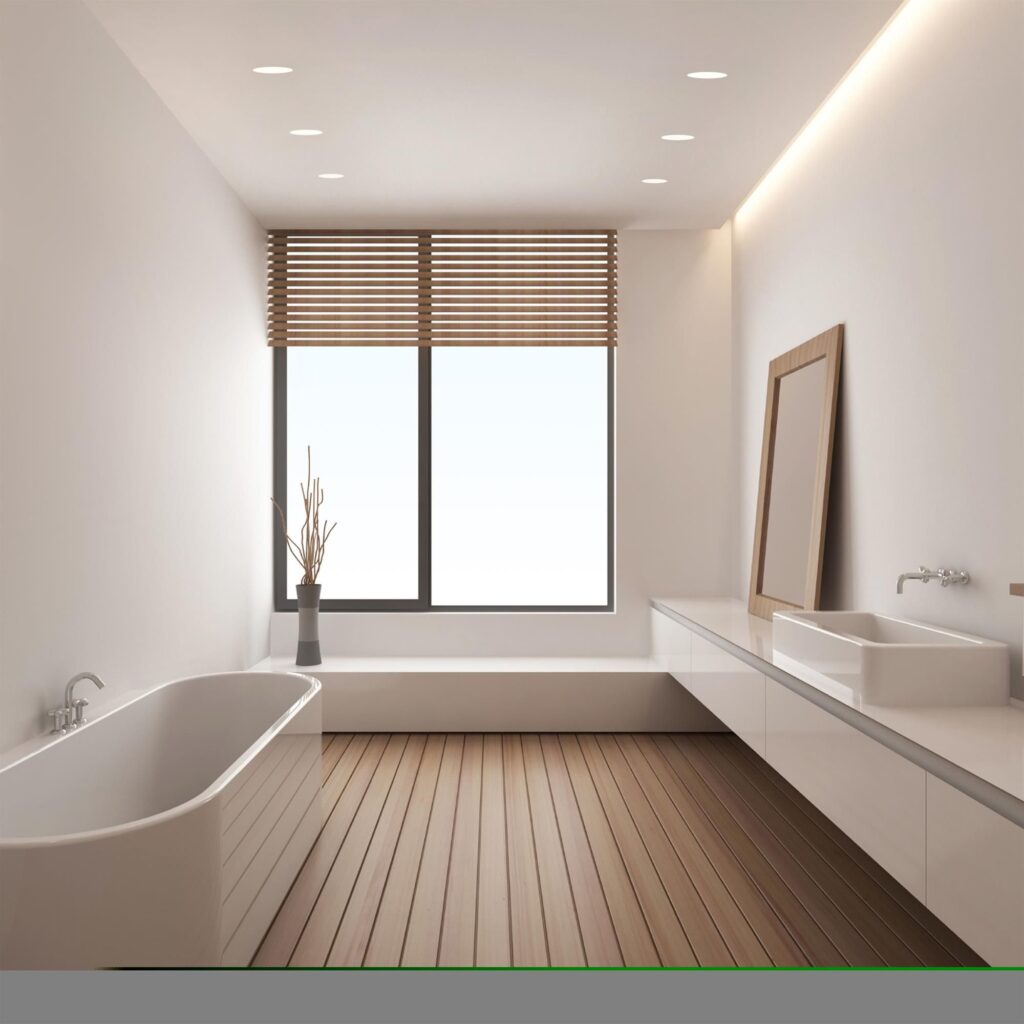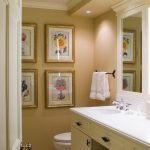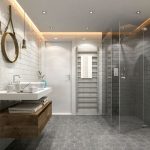Bathroom recessed lighting design plays a crucial role in enhancing the overall ambiance and functionality of a bathroom space. Recessed lighting fixtures are excellent for providing bright and even illumination while maintaining a sleek and clean look. When designing the lighting scheme for a bathroom, it is important to carefully consider key factors such as the size and layout of the space, the desired level of brightness, and the overall aesthetic of the room.
One of the key considerations when designing bathroom recessed lighting is the location and spacing of the fixtures. It is important to strategically place recessed lights to ensure that the entire space is well-lit and free from shadows. In larger bathrooms, multiple fixtures may be required to provide adequate illumination, while smaller bathrooms may only need one or two fixtures. Additionally, the spacing between fixtures should be chosen carefully to prevent over- or under-lighting certain areas of the room.
Another important factor to consider when designing bathroom recessed lighting is the type of bulbs to use. LED bulbs are a popular choice for recessed lighting fixtures due to their energy efficiency, long lifespan, and bright, natural light. It is important to select bulbs with the appropriate color temperature to achieve the desired ambiance in the bathroom. Warm white light is often preferred for a cozy and inviting atmosphere, while cool white light can create a bright and fresh feel.
The placement of recessed lighting in a bathroom can also help enhance the functionality of the space. In addition to providing overall illumination, recessed lights can be strategically placed over the vanity mirror to provide bright and even lighting for grooming tasks. Additionally, recessed lighting can be used to highlight architectural features or design elements in the bathroom, such as a freestanding bathtub or decorative tile work.
When selecting fixtures for bathroom recessed lighting, it is important to choose ones that are rated for wet or damp locations. Bathroom environments are inherently humid and wet, so it is essential to choose fixtures that are designed to withstand these conditions. Additionally, consider the trim style and finish of the fixtures to complement the overall design of the bathroom. Options range from simple white trims to more decorative finishes like brushed nickel or chrome.
In conclusion, thoughtful and well-planned bathroom recessed lighting design can significantly enhance the functionality and aesthetics of a bathroom space. By carefully considering factors such as fixture placement, bulb type, and fixture style, you can create a lighting scheme that not only illuminates the space effectively but also enhances the overall ambiance of the room. Remember to always consult with a professional lighting designer or electrician to ensure that your bathroom lighting design meets all safety and building code requirements.
 bebadesign Interior Design Ideas
bebadesign Interior Design Ideas














